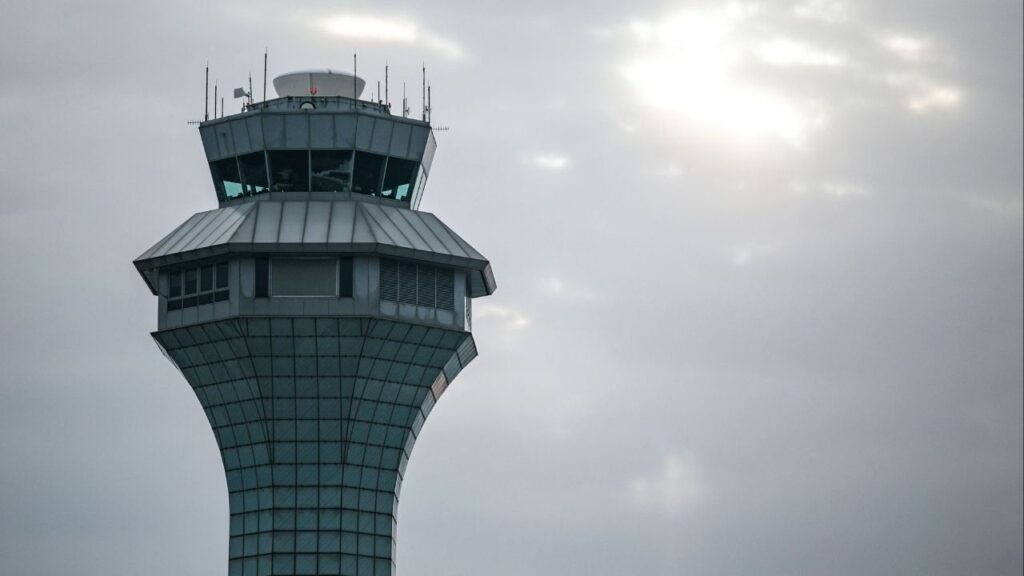Share
Gov. Gavin Newsom announced Friday a new process for reopening businesses that is slower and more gradual than what the state tried earlier this summer amid the coronavirus pandemic.
The new rules create a four-tier, color-coded system that counties will move through based on their number of cases and percentage of positive tests. It will rely on two metrics to determine which tier a county is in: case rates and the percentage of positive tests.
The new process will put more power with the state instead of the counties.
New Public Web Tool Launched
The new rules come nearly two months after Newsom shut down bars, restaurants for indoor dining and a slew of other businesses following a surge in cases after the state’s first reopening attempt.
Under the new process, counties will have to meet certain metrics for three weeks before they can reopen certain businesses. The state health department has activated a new web tool where the public can check to see which businesses, venues and other community sectors can reopen in each county.
Newsom also announced that salons and barbershops across California can resume indoor operations, beginning Monday.
The state will now report virus statistics, such as case numbers, on a weekly basis.
The new approach is aimed at ensuring the state’s cases don’t skyrocket when businesses begin to reopen.
In anticipation of the governor’s announcement, there was a common refrain from businesses and local governments buffeted by the outbreak: We need clarity.
Counties need to understand clearly “what thresholds to aim for and the public health data that will determine success or failure,” the California State Association of Counties said in a statement.
Indoor Dining Allowed in More Counties
That was echoed by the California Restaurant Association, which has seen the state’s once-thriving food industry wither under restrictions that have closed indoor dining rooms and left many businesses to survive on takeout, delivery and limited outdoor seating, if they have the space. The association estimates as many as 1 million workers have been furloughed or laid off.
“We’d like to see restaurant dining rooms reopen as soon as possible,” association president Jot Condi said.
“Restaurants in every corner of the state are on life support right now. Every day that passes with a dining room closed, a restaurant owner is more likely to shut the doors permanently,” he said. “It’s gotten to a crisis level.”
Riverside County Supervisor Karen Spiegel, who has recovered from a bout with the virus, said she hopes the state plan recognizes different levels of risk that come with different business activities. She’s puzzled why shoppers can fill a Costco, where she stopped Thursday, while indoor hair salons remain off limits.
Using metrics, the state needs to change how businesses are categorized, Spiegel said. “We have to do more of a risk-based approach.”
California’s Infection Rate and Hospitalizations Falling
California has the most confirmed virus cases in the nation, with nearly 700,000, and the third-most deaths — 12,550. But since the closures last month, the average number of daily cases has been falling along with the infection rate and hospitalizations, which peaked at 7,170 on July 21 and since dropped to about 4,300.
Prior to the new plan, the state had relied on a so-called county watch list.
Most of California’s 58 counties, including the most populous — Los Angeles — remained on a state monitoring list because they were above one or more of the benchmarks for cases, infection rates and hospitalizations. Inclusion on the list restricted what businesses can operate, whether schools can offer classroom instruction and limits other activities, such as attending indoor religious services.
But as the state’s coronavirus data has improved in recent weeks, some counties got off the list, including San Diego and Orange, the second- and third-largest counties by population.
RELATED TOPICS:
Categories

Valley Crime Stoppers’ Most Wanted Person of the Day: Dave Luon

US Pauses Implementation of $40 Billion Technology Deal With Britain

US Overdraft Fees Jump at Big Banks Amid Regulatory, Economic Shifts
















